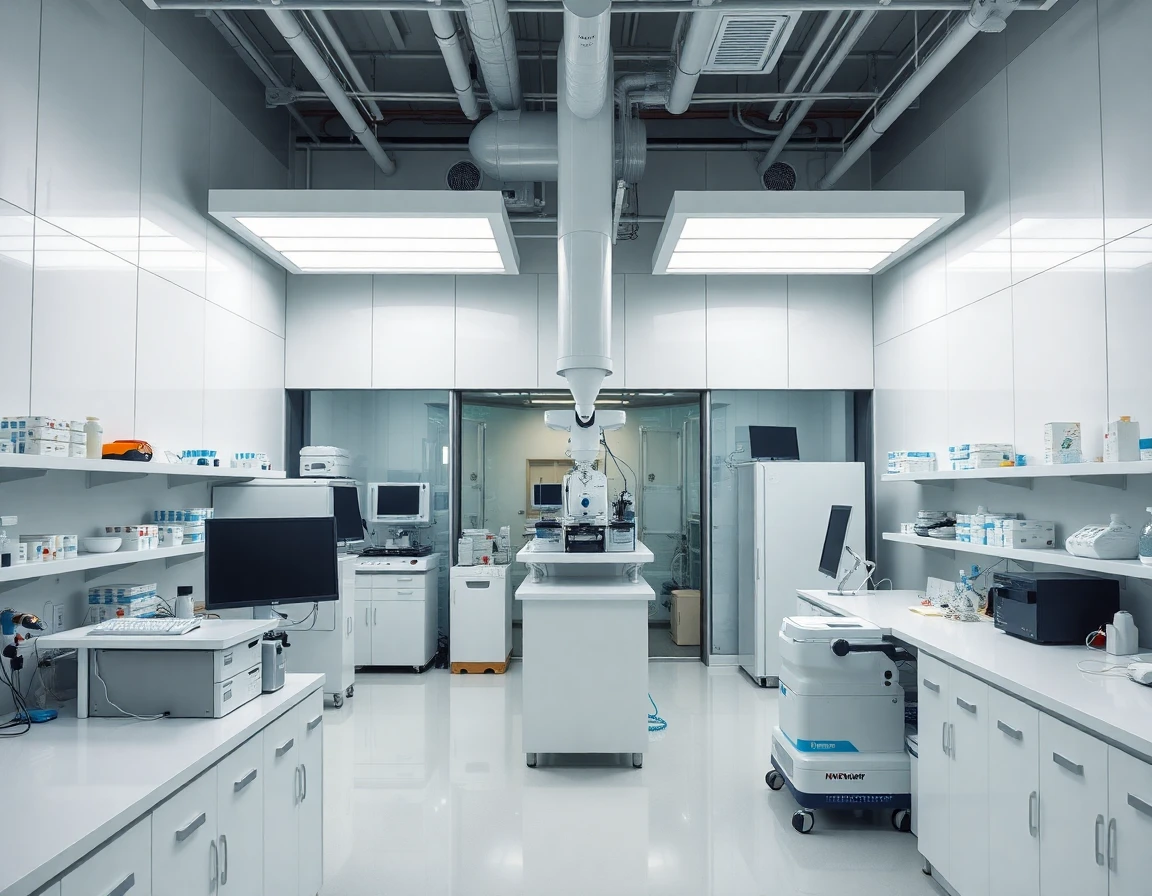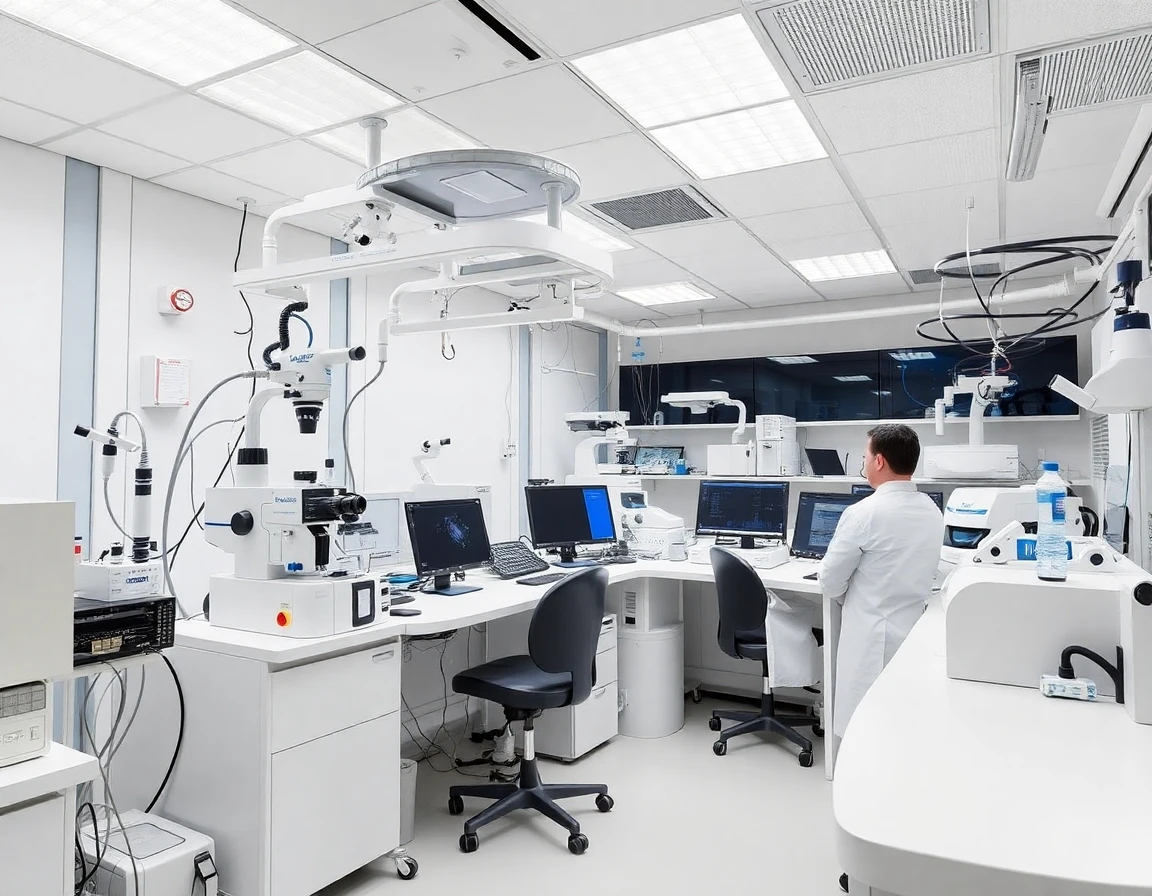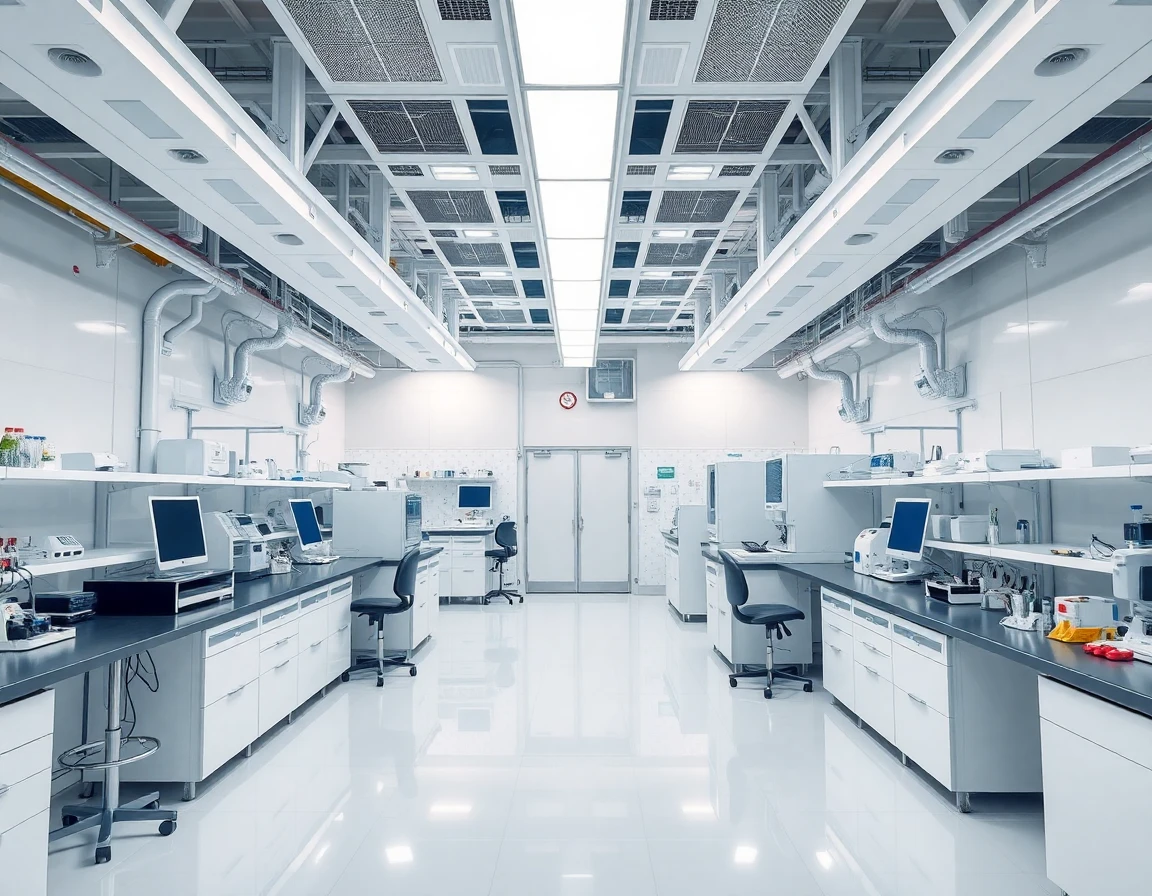As the International Space Station (ISS) approaches the end of its operational life, the commercial aerospace sector is mobilizing to fill the void with private space stations. This transition marks a critical shift in how humanity will engage with low Earth orbit (LEO), opening new avenues for scientific research, manufacturing, and even tourism.
The Current Landscape of Space Stations
The ISS, a collaboration involving NASA, Roscosmos, ESA, JAXA, and CSA, has been a cornerstone of human activity in space since its first module was launched in 1998. However, as the ISS ages, concerns about its structural integrity and the rising costs of maintenance have prompted discussions about its decommissioning by 2028.
In response, companies like Axiom Space, Blue Origin, and Sierra Space are actively developing commercial space stations. These ventures are not just about replacing the ISS; they are about revolutionizing the future of space habitation.
Private Sector Initiatives
Axiom Space: Leading the Charge
Axiom Space is planning to launch its first commercial module to the ISS in 2024, with ambitions to eventually detach and operate as an independent space station. According to Axiom’s President, Michael Suffredini, “Our vision is to create a robust economy in low Earth orbit, enabling countless opportunities for research, manufacturing, and even adventure tourism.” This ambitious goal underscores the potential for commercial space stations to generate revenue while enhancing our understanding of life in space.
Blue Origin and Sierra Space
Blue Origin’s Orbital Reef project, developed in partnership with Sierra Space, envisions a mixed-use space station that will be operational by the second half of this decade. The station aims to serve various purposes, including research, manufacturing, and leisure. As Blue Origin’s CEO, Bob Smith, stated, “We see this as a platform for innovation, where diverse industries can leverage the unique environment of space.”
Technical Innovations Driving Commercial Space Stations
The success of these commercial endeavors relies heavily on advancements in space technologies. For instance, precision control is essential for the operation of complex systems within these stations. Advanced high-precision control systems, such as those used in aerospace applications, will ensure that various onboard systems operate efficiently and reliably. These systems are crucial for managing life support, power distribution, and thermal management, vital for the sustainability of human life in orbit.
Impacts on Science and Industry
The transition to commercial space stations promises significant impacts on both scientific research and industry. Researchers will have greater access to space for experiments that can only be conducted in microgravity. This could lead to breakthroughs in pharmaceuticals, materials science, and environmental monitoring.
Additionally, commercial space stations will likely stimulate the growth of new industries, including space tourism and off-world manufacturing. The potential for microgravity to produce unique materials could give rise to entirely new products and applications on Earth.
Challenges Ahead
Despite the promising outlook, several challenges must be addressed. Regulatory hurdles, safety concerns, and the need for international cooperation are paramount. Experts like Dr. Laura Montgomery, an aerospace policy analyst, emphasize the importance of creating a regulatory framework that encourages innovation while ensuring safety. “As we move towards a more commercialized space environment, we must balance the interests of private companies with the need for public safety and international collaboration,” she noted.
The Future of Commercial Space Stations
Looking ahead, the future of commercial space stations appears bright but requires careful navigation through technical, regulatory, and economic challenges. As private companies continue to invest in space infrastructure, the vision of a bustling ecosystem in low Earth orbit is becoming increasingly tangible.
In conclusion, the transition from the ISS to commercial space stations signals a new era in humanity’s journey into space. With the combined efforts of private companies and innovative technologies, the next chapter in space exploration is set to be more inclusive, diverse, and economically beneficial than ever before. The advancements in space technology, particularly in areas such as thermal management systems, are key to ensuring these ambitious projects are successful.
As we stand on the brink of this new frontier, the possibilities are limitless, and the race to establish a sustainable human presence in space has only just begun.



